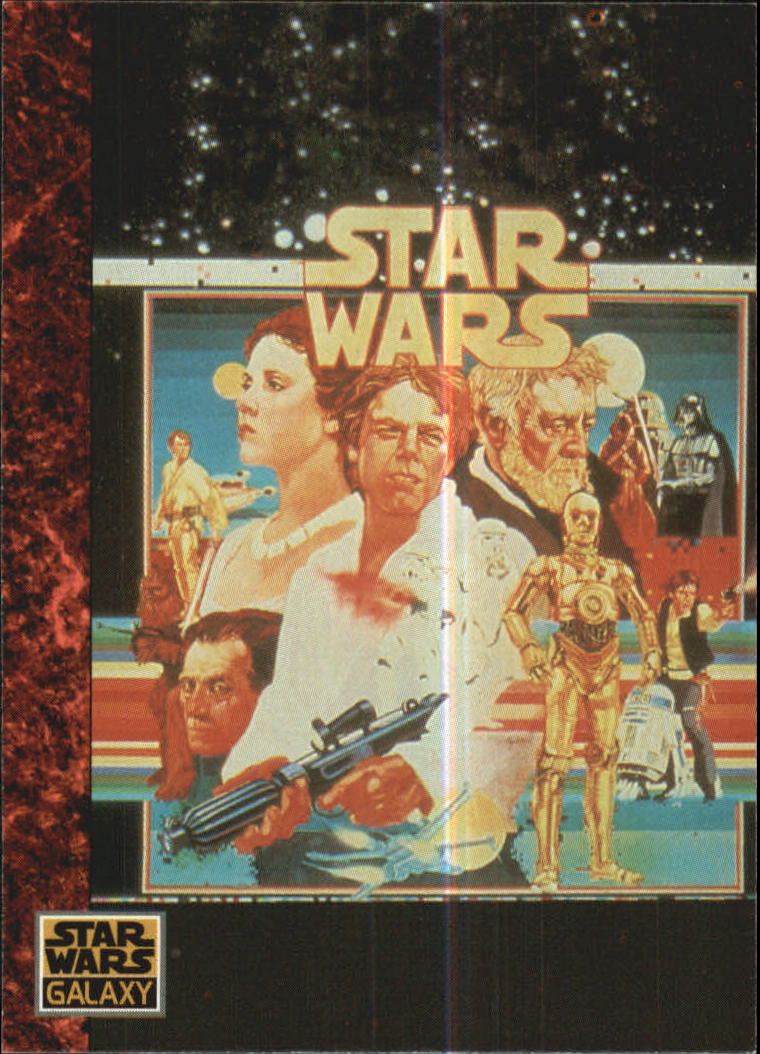ARI SHAPIRO, HOST:
The Cleveland Cavaliers and Boston Celtics tip off tonight. If the Cavs win they’ll go to the NBA finals for the third time in a row. Some economists are among the people watching. They say star player LeBron James has let them run a remarkable experiment. Here’s Kenny Malone from our Planet Money podcast.
KENNY MALONE, BYLINE: Daniel Shoag is a Harvard economist, but also a diehard Cleveland Cavaliers fan.
DANIEL SHOAG: There were some great days and some pretty dark days (laughter).
MALONE: You may recall the heartbreaking career path of LeBron James – started in Cleveland, left Cleveland.
(SOUNDBITE OF ARCHIVED RECORDING)
LEBRON JAMES: And this fall I’m going to take my talents to South Beach.
MALONE: And then four years later came back to Cleveland.
(SOUNDBITE OF ARCHIVED RECORDING)
UNIDENTIFIED ANNOUNCER: Cleveland is a city of champions once again.
MALONE: Economists have spent decades studying the business of sports. Is a new stadium worth the cost? Does a championship create jobs? But LeBron James allowed them to test something new – the economic impact of a single player, or as the working paper calls it, local externalities from a superstar athlete because here was the same guy in the same city – there, then gone, then there again.
SHOAG: Because he’s returning to the same place – you know, the correct place – there’s one less thing to worry about econometrically.
MALONE: Now, to show you the LeBron effect that Shoag and his co-author found, I visited one of the many, many bars and restaurants in their study.
MIKE MILLER: See how – up here?
MALONE: This is Mike Miller, the owner of a bar called Wilbert’s. It’s about 500 feet from the Cavs arena. And Miller is looking up at the ceiling, squinting at some brownish splatter stains.
MILLER: I would think it looks like beer.
MALONE: It’s a dark beer, though.
MILLER: Yeah.
MALONE: Booze on the ceiling, it turns out, a leading indicator of the LeBron effect. The study found that bars and restaurants like this, right next to the stadium, they got crushed when LeBron James left.
MILLER: And I think it ended up cutting close to 80.
MALONE: Eighty percent?
MILLER: Yeah. Yeah. Yeah, it was bad.
MALONE: Miller was writing resumes, looking for a new job, but then LeBron James came home.
(SOUNDBITE OF ARCHIVED RECORDING)
UNIDENTIFIED ANNOUNCER: As we come up on a minute remaining…
MALONE: The first time that booze ceiling thing happened at Wilbert’s it was a Sunday when the bar typically would have been closed. But it was packed with Cavs fans watching LeBron win the team’s first championship.
(SOUNDBITE OF ARCHIVED RECORDING)
UNIDENTIFIED ANNOUNCER: It’s over. It’s over.
MILLER: Oh, my God, there was alcohol flying everywhere. I couldn’t believe it.
MALONE: I mean, how high up is that, 10 feet?
MILLER: Yeah, that’s got to be 10 feet. Yeah.
MALONE: Sign of success.
MILLER: I guess so.
MALONE: The LeBron study found a nearly 25 percent increase in employment for businesses like Wilbert’s near the stadium. And the LeBron economists give the credit to LeBron coming back. They know this because of the natural experiment of leaving and coming back. And it takes something like this to really study the economic impact of sports because unfortunately, they don’t just hand billion-dollar sports franchises over to academics.
BRAD HUMPHREYS: Now, we – I mean, ideally they would put me in charge as the sports czar of the country and I would just randomly move teams around.
MALONE: You would be a cruel czar.
HUMPHREYS: Well, fans would hate me, right.
MALONE: Brad Humphreys is a sports economist at West Virginia University and says LeBron is a great example of one of these naturally occurring experiments. Another is from 2004 and 2005, when the National Hockey League had a lockout. Because of a labor dispute, there suddenly was no professional hockey for people to spend their money on.
HUMPHREYS: But those people who would’ve gone to NHL games went to minor league baseball games. They went to the movies. They went to a bowling alley. They went to an art gallery.
MALONE: In other words, hockey wasn’t creating new spending. It was attracting money people were already going to spend. Humphreys says that’s almost certainly the case with the LeBron effect as well. Daniel Shoag, the co-author of that LeBron paper, says that one of the lessons here is that we tend to focus a lot on the financial impact of a stadium, but it really does matter who’s playing in that stadium. That’s his lesson, at least, as an economist. His lesson as a Cavaliers fan…
SHOAG: I guess this just shows that LeBron should never leave again.
MALONE: Is that your conclusion?
SHOAG: I think that’s a pretty reasonable conclusion, yeah (laughter). I’m not sure I needed the data to show me that.
MALONE: Kenny Malone, NPR News.
(SOUNDBITE OF HOT 8 BRASS BAND’S “IT’S REAL – LACK OF AFRO REMIX”)
Copyright © 2017 NPR. All rights reserved. Visit our website terms of use and permissions pages at www.npr.org for further information.
NPR transcripts are created on a rush deadline by Verb8tm, Inc., an NPR contractor, and produced using a proprietary transcription process developed with NPR. This text may not be in its final form and may be updated or revised in the future. Accuracy and availability may vary. The authoritative record of NPR’s programming is the audio record.



